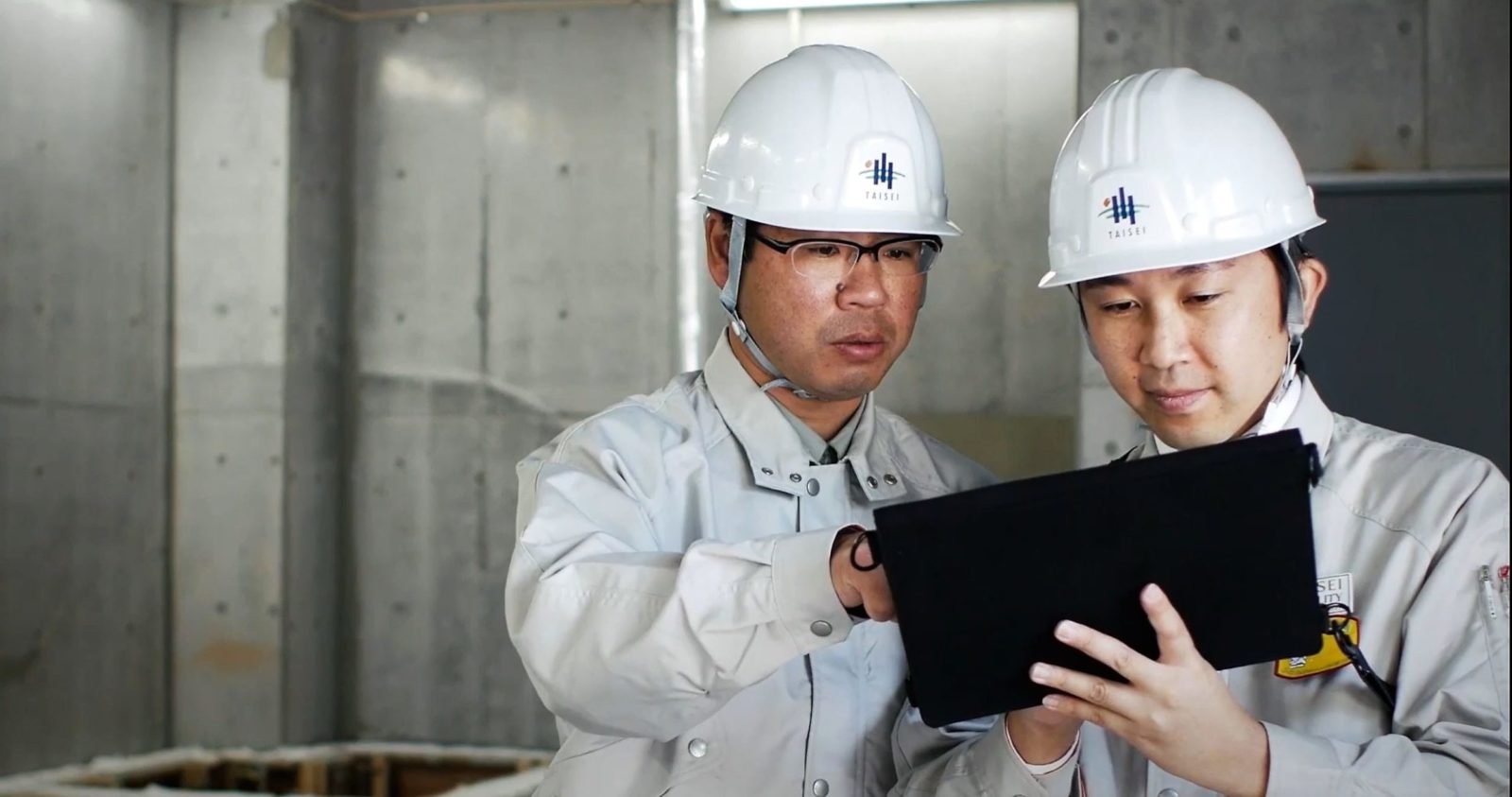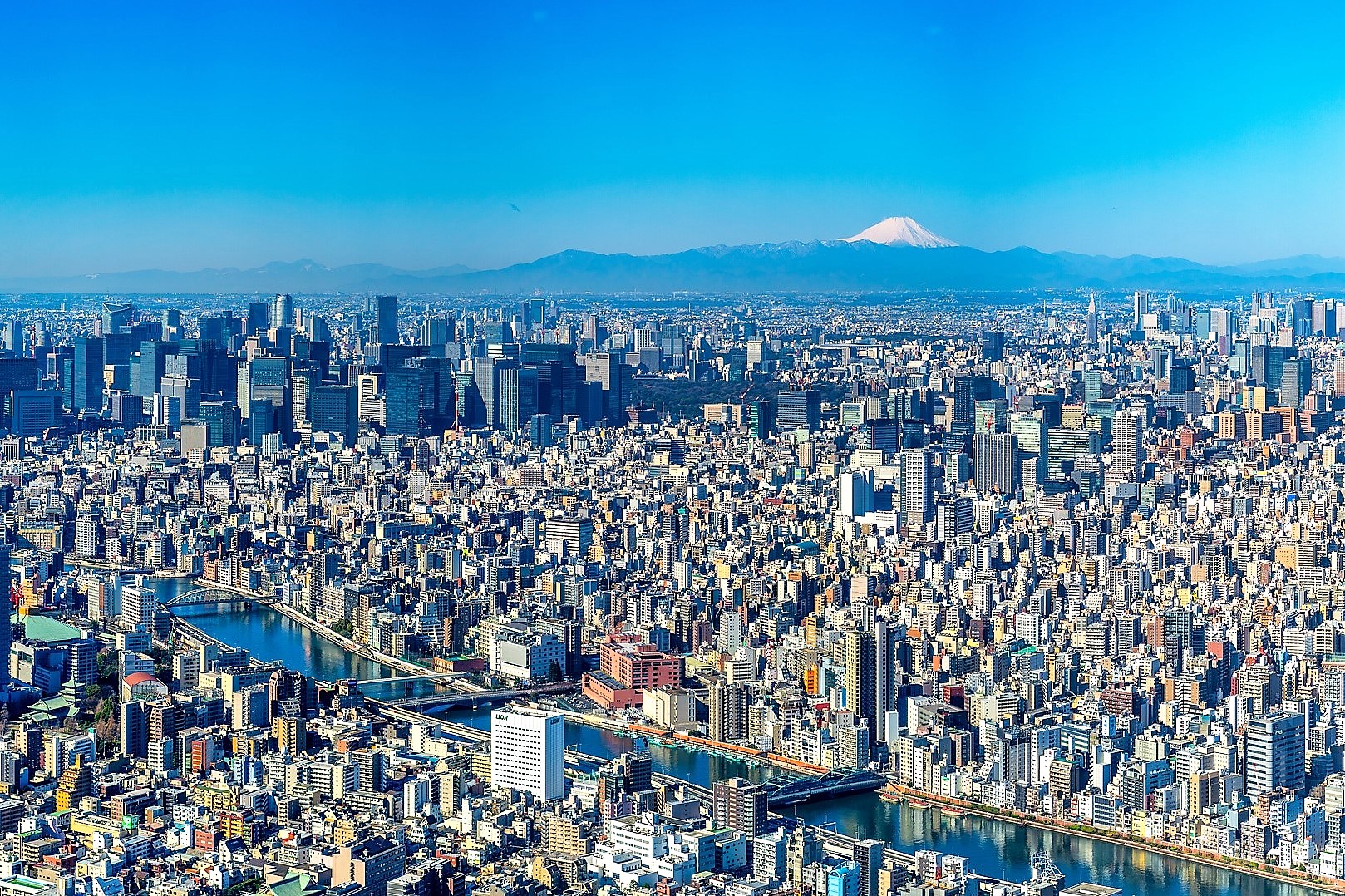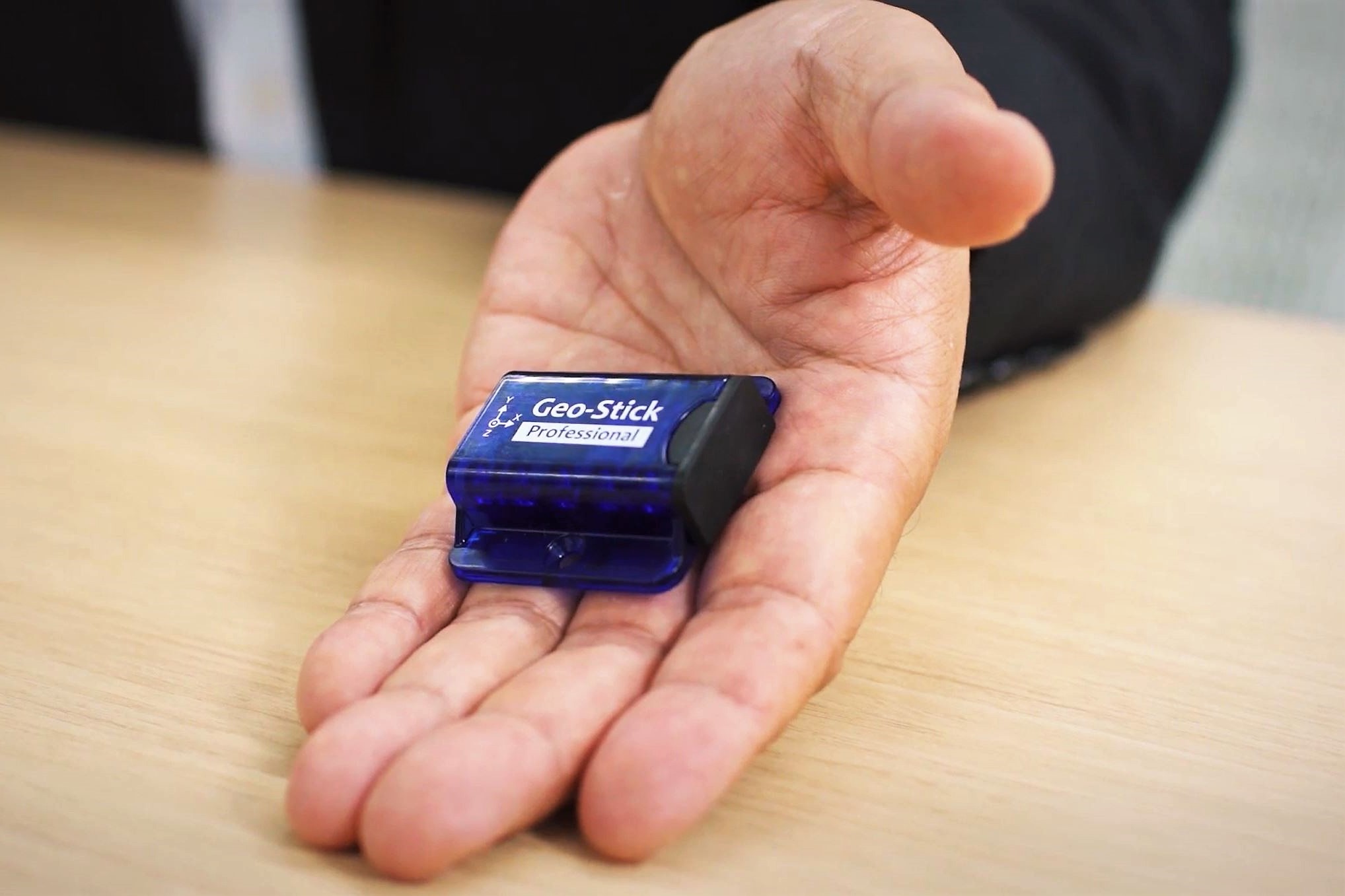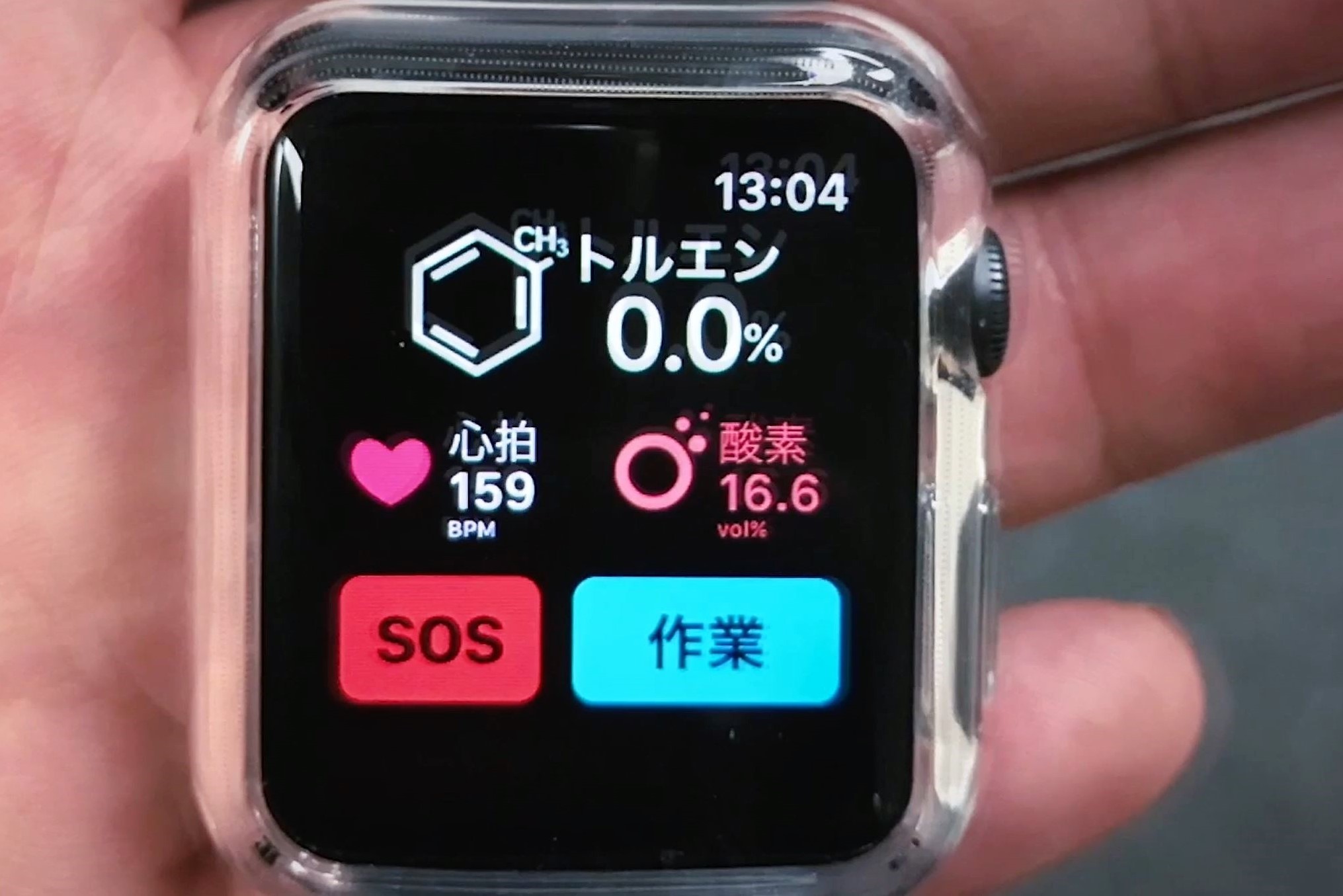
Innovation
From earthquake to recovery: Assessing damage fast with AI, IoT, and the cloud
A construction company transforms itself with new digital services to meet Japan’s changing demographics
All of a sudden, buildings start to sway. It might begin with a gentle bump followed by stronger shaking, or a small sharp jolt then a series of severe shakes. Or it might be a lot more violent and devastating.
Earthquakes come in all shapes and sizes. And they hit somewhere in Japan almost every day. Because of that, the country has some of the world’s most stringent building codes aimed at saving lives and minimizing damage. But even minor tremors can endanger people, disrupt businesses, and halt production lines. Recovery times can be slow and costly.
Now buildings can be fitted with artificial intelligence (AI), internet of things (IoT), and cloud technologies to automatically detect structural damage fast after a quake – saving lives, time, and money.
Now more than just a builder
The solution is part of an ambitious new business model by Taisei Corporation, a company with more than 140 years of history. It is now transforming its business model from that of a traditional construction firm to an enterprise with a focus on innovation and new digital services.
The main driver of change is demographics. As Japan’s population ages and shrinks, demand for new construction will fall.
With that in mind, Taisei no longer sees itself as just a builder. It also plans to maintain, service, manage and optimize the running and performance of buildings and facilities for its customers long into the future – using cutting-edge technology solutions from Microsoft.
It has launched a three key solution approach:
• Ascertaining the soundness of buildings immediately after earthquakes
• Integrated facility operation management
• Visualizing the work status of employees at production facilities
According to ancient tradition, Japan’s many quakes are triggered by the grumpy rumblings of Namazu, a giant catfish that lives in mud beneath the archipelago. But geoscience tells us it is because the country sits astride the Pacific Ring of Fire at a particularly vulnerable seismic spot where several continental and oceanic plates meet.
Mega disasters like these make the history books. But the wear-and-tear from hundreds of smaller quakes recorded in Japan every year also takes its toll on the nation’s infrastructure and built environment.
Recovering after a tremor
Authorities have long enforced strict construction and engineering codes to ensure that modern structures are designed and built to absorb seismic energy and withstand even massive quakes. Nonetheless, it is almost inevitable that when an earthquake strikes, some buildings will suffer some damage. When any quake strikes, the priority is to find damage as quickly as possible, so safety measures can be taken before aftershocks hit.
“Until now, a structural design engineer has had to visit a site after an earthquake to assess any damage,” says Yusuke Sekiyama, manager seismic technology promotion section. But now buildings can be fitted with a network of intelligent sensors that can feed vital information to the cloud for analysis. “With this system, damage assessments can be made for building owners and managers in a matter of minutes.”
Taisei chose Microsoft Azure as its cloud platform because vast amounts of data must be collected, processed, managed, and communicated with accuracy and speed. With that, business continuity plans (BCP) can be quickly implemented, and vital services, infrastructure, and production facilities can keep running.
Taisei says it has already received inquiries from many factory-owning manufacturers and local governments and plans to deploy its solution to around 1,000 clients over the next few years.
“We considered a number of cloud systems,” explains Toshihiko Ueda, the acting general manager for AI and IoT promotion in Taisei’s proposals and solutions division. “Microsoft Azure was the best choice, based on stability and affinity.”
The earthquake damage assessment initiative described above is one of three big digital projects being rolled by Taisei with the help of Microsoft. It is also developing solutions for:
Integrated facility operation management
A breakdown of building life cycle costs indicates that running costs, for things like operations and maintenance, usually exceed the initial costs of design and construction. In other words, a building can cost a lot more to run than to build.
To minimize running costs, Taisei Corp and its group companies, such as Taisei Yuraku Real Estate, are developing services that will use AI and IoT to make building operation management more efficient. As a first step, Taisei aims to use Microsoft Japan’s Smart Building Solutions, a package of Microsoft Azure and Windows 10 IoT based building management services.
This will create services for helping building managers to do their jobs more effectively for less. Looking ahead, Taisei and Microsoft Japan are working on a business model that will package design and construction elements with building operation management. The aim of this more holistic and long-term approach is to maintain and improve customer asset value into the years ahead.
Visualizing the work status of employees
Improving work efficiency and safety in production facilities are top-of-mind issues in Japan as its labor force declines and ages. To meet these challenges, Taisei is developing with a big data solution that will monitor the work status of employees and to help devise ways of making working easier and more efficient.
Their heart rates, body temperatures, postures, and other physical status data are to be collected through Windows 10 IoT-based edge devices along with location and work environment data. For instance, data of workers’ movements and vital signs could be collected using wristwatch-like sensors.
All this information is to be stored on Microsoft Azure and analyzed in the cloud using AI. The aim is to devise more efficient work plans that will reduce workloads and improve the work environment. The data is also being used to examine process flows and layouts at factories and other production facilities to optimize conditions.
Efficiency and safety issues are priorities for many Japanese companies as the median age of their workers rises, says Kazue Matsumoto, who is chief manager of the ICT Solution Section within Taisei’s engineering division.
Other demographic changes are also in play. Right now, Japan’s population stands at just over 126 million. By 2040 it is projected to be around 113 million, and by 2050 it will be at just under 106 million.
In the years ahead, fewer and fewer people will mean declining demand for new buildings, explains Toshihiko Ueda, acting general manager AI and IoT promotion department, proposals, and solutions division.
“Therefore, we are moving into a new business area,” Ueda explains. “We are building higher value-added facilities and infrastructure by leveraging digital capabilities.
“Until now, our business model was to make profits from design to construction in a limited period as a general construction company. In the future, we will focus on our customers’ use of buildings over very long periods and provide optimal business services.”
















